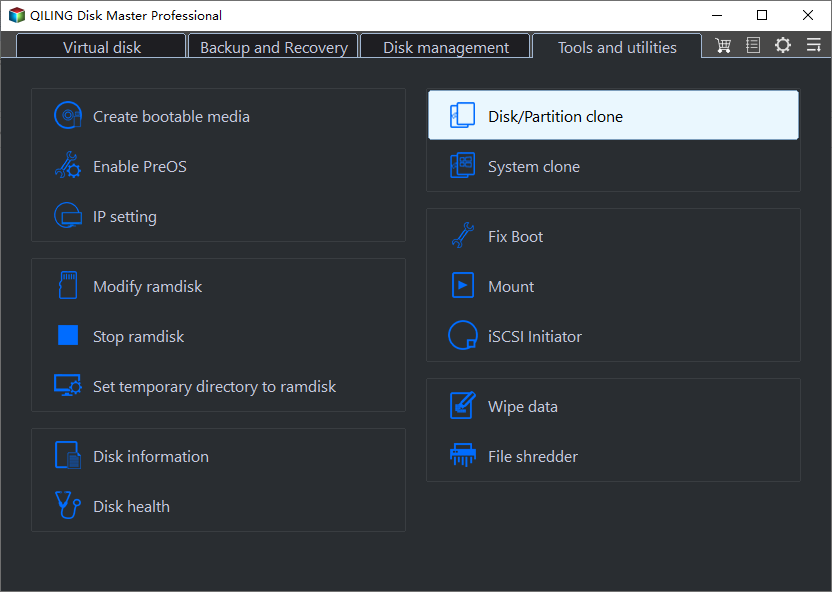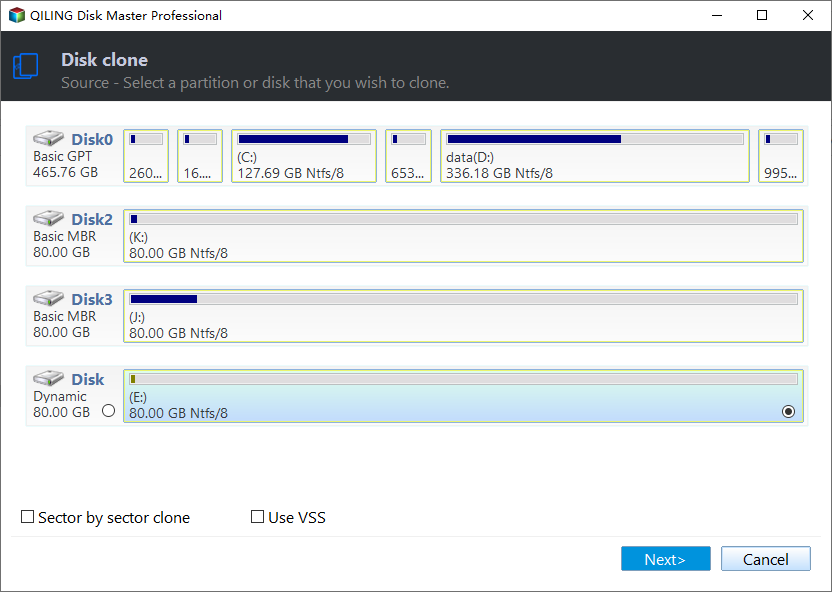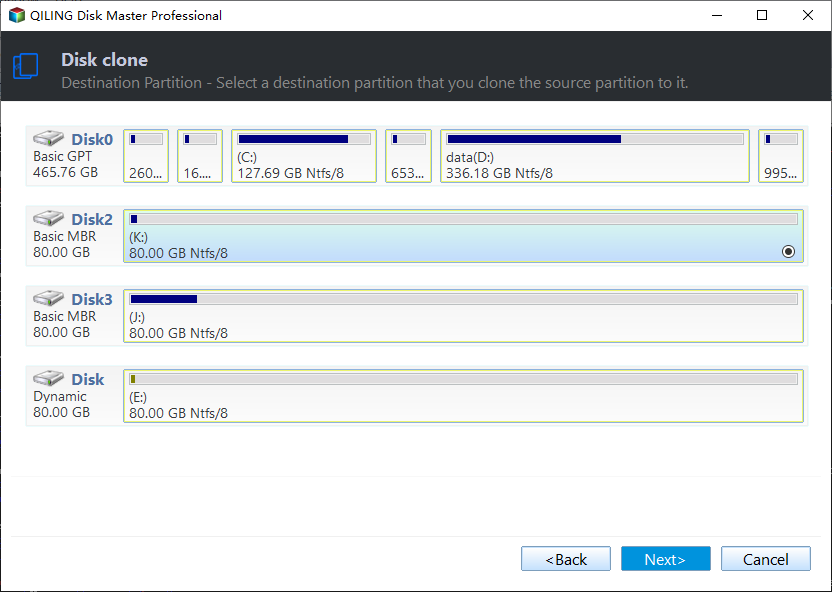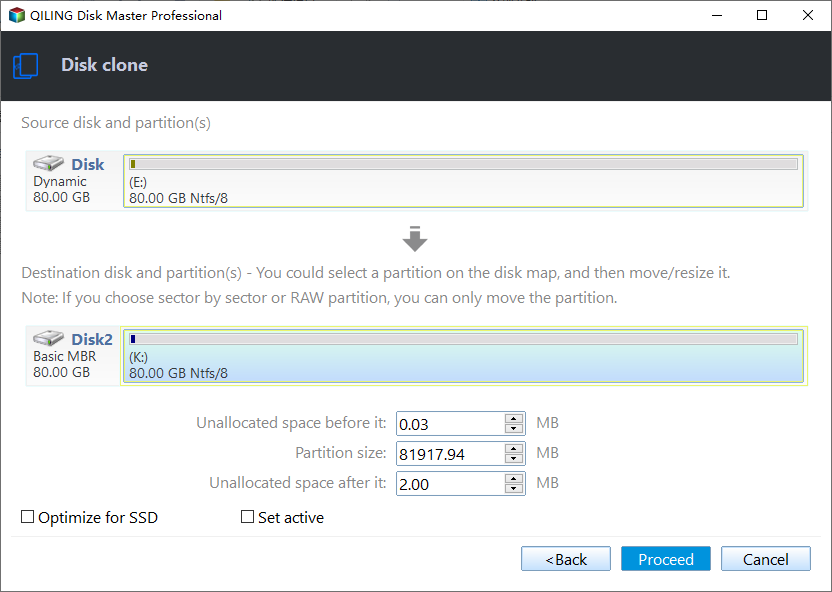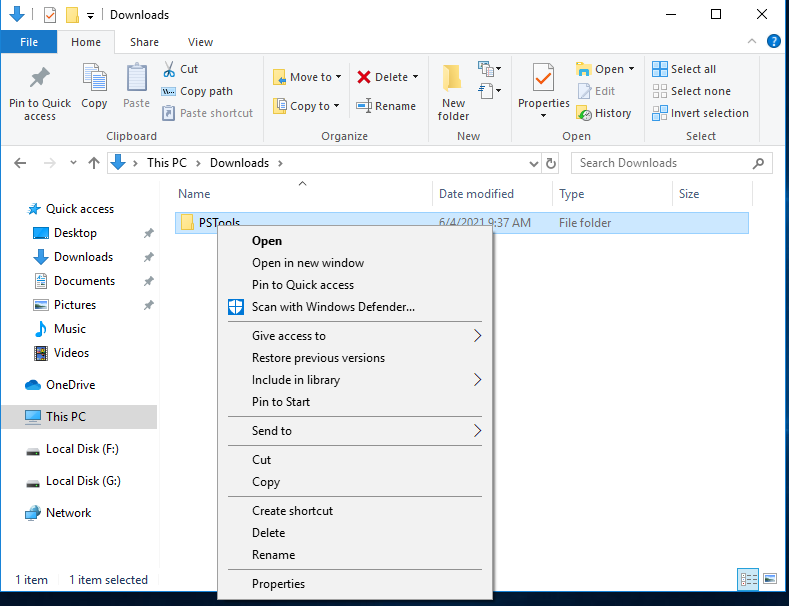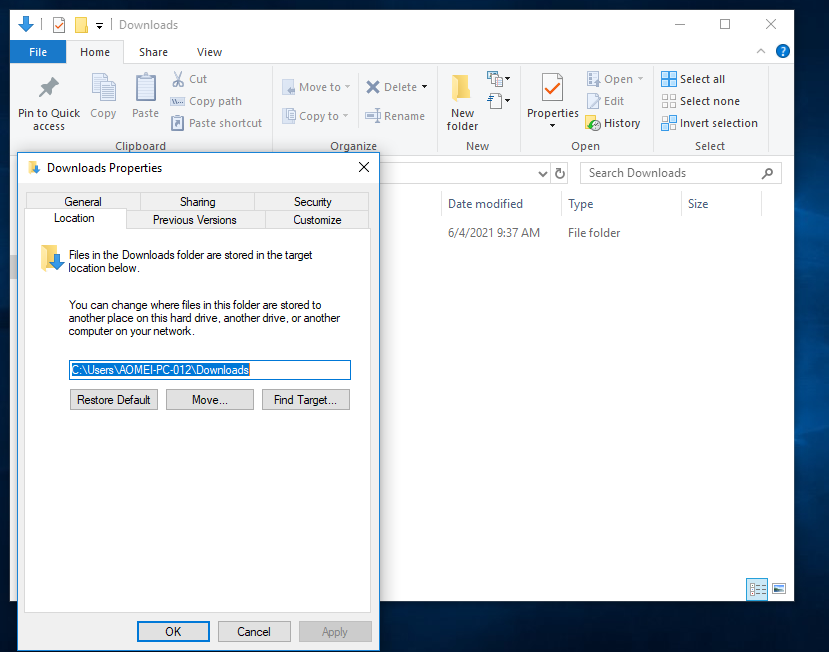What Files Can Be Moved C Drive to D Drive in Windows 10 and How to
What files can I move from C drive to D drive?
You can move files that are not system-critical or essential to the C drive, such as personal documents, videos, photos, and non-essential programs. To move files easily, you can use the built-in "Move" feature in Windows or third-party software like EaseUS Todo PCTrans or Stellar Move. Be cautious when moving system-critical files, and always make sure to back up important files before making any changes. It's also a good idea to check the system requirements for any programs you plan to move to ensure they can run from the D drive.
- From Microsoft Community
Moving some redundant files from the C drive can be a quick and effective way to free up space, such as files under the "Users" folder. However, be cautious not to move essential files, as doing so can cause system instability.
The C drive, being the system drive, contains default files that are crucial for the system's operation. These files are best left untouched to avoid any potential issues, as altering or moving them can lead to severe consequences, including a failure to boot normally.
1. Windows: to store system files.
2. Program Files and Program Files (x86) folders: the installation path where the program is stored.
4 methods to safely move files from C drive to D drive
Here are the 4 ways to safely move files from C drive to D drive or another drive:
1. Move files via Command Prompt
You can use Command Prompt to operate.
Step 1. Press" Windows" and "R" at the same time, then type "CMD" and hit" Enter".
Step 2. Type" copy c:\workfile.txt d:" in the popup window.
Step 3. Enter" workfile.txt", and type" copy *.txt d:" to copy text to D drive.
Be careful when moving files in the command line, as the wrong command can cause problems. If you move files to the wrong directory, programs that rely on those files may not boot properly. Additionally, if you execute a command incorrectly, you risk losing or damaging your files and data, which can also prevent the relevant programs from activating.
2. Utilize Qiling Disk Master
You can use a third-party application like Qiling Disk Master Standard to move files from C drive to D drive, which has features such as the "Partition Clone Wizard" to protect important files, and "App Mover" and "Move Folders" to move installed programs and large data folders.
▶ No 1. Move files via Partition Clone Wizard
Step 1. Install and launch Qiling Disk Master, click "Tools" tab page, find "Clone Partition" in the page, click it.
Step 2. In the Partition Clone Operation window, choose C drive as source partition, and click "Next".
Step 3. Select your destination space to place your files.
Step 4. To create a new partition, go to the main window, select the drive you want to partition, click "New" and follow the prompts to select the size and name of the new partition. Once you've set the size and name, click "Finish" to return to the main window, then click "Apply".
3. Drag & Drop
Using the traditional method to move your file can also cause issues, as it may delete some crucial files that are necessary for your programs to run, potentially leading to their failure.
Step 1. To move files on a computer, open the "My Computer" window, select the files you want to move, right-click on them, and choose the "Cut" and "Paste" options or simply drag them to the desired destination folders.
Warning: To move a file, first, you need to know which files are movable. Once you've identified the movable files, you can proceed with the actual moving process.
4. Move files from C Drive to D Drive via the Windows Move function
This function works for some files, but it may fail due to the system not automatically changing the save path. However, it's suitable for files in the User folder, such as documents, favorites, music, etc. If you want to try it, please follow the steps.
Step 1. Press" Windows" and "E" together to open" File Explorer".
Step 2. Right-click files or folders and choose "Properties".
Step 3. In the" Document Properties" window, click "Location" and "Move".
Step 4. Now, choose a destination location, and click" Apply" to finish the process.
To sum up
With these four finesses, you can safely move your files from the C drive to the D drive without risking data loss or damaging your C drive. The safest strategy is to use the second method, which involves moving files without having to manipulate unfamiliar files and folders, reducing the risk of irreversible faults due to incorrect handling.
Qiling Disk Master is a multifunctional tool for Windows users that can convert a disk to MBR/GPT without deleting partitions, check disk health, and more, with a server edition available for Windows Server users.
Related Articles
- C Drive Full, D Drive Empty-What Should You Do?
If your C drive is full D drive is empty, you can delete D drive and extend C drive. If your C drive is full but D is nearly empty, you can transfer the free space from D drive to C drive or move apps from C drive to D drive. This post offers the complete details. - 6 Methods: Clean up Windows 10 to Improve Windows PC Performance
How to clean up Windows 10 safely when the low disk space warning appears? In this post, 6 most common but effective ways will be provided to help clean up Windows 10 disk space with ease.

